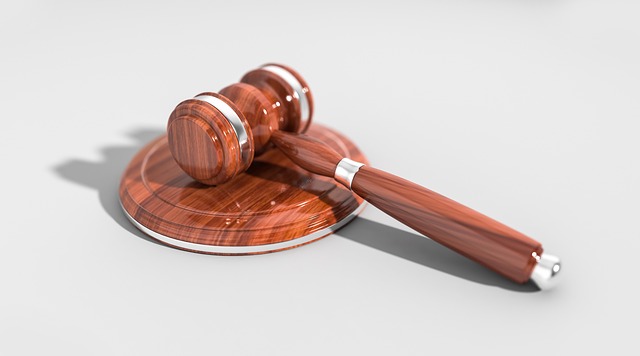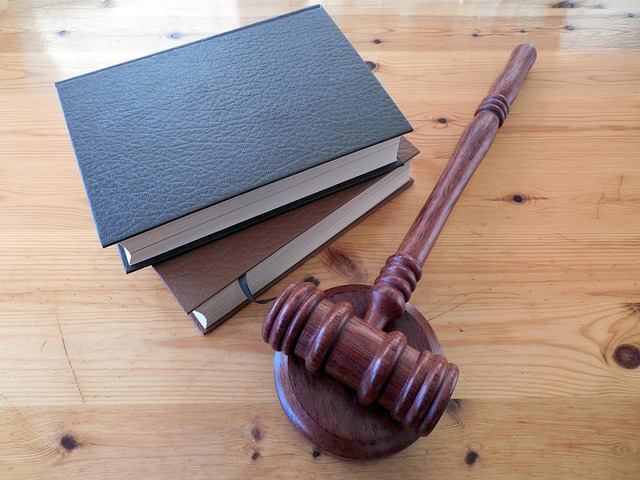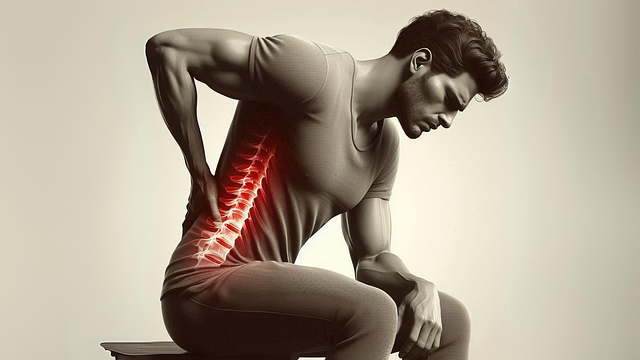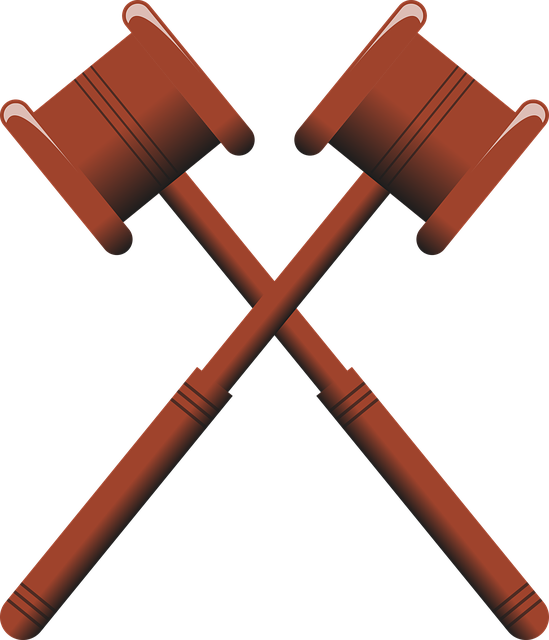In wrongful death product liability cases, establishing a clear product defect is crucial. The process begins with thorough investigation and evidence gathering, including examining the faulty product, interviewing witnesses, and retrieving maintenance records. Expert testimony from engineering or safety protocols proves negligence by linking design or manufacturing flaws to industry standards. This analysis demonstrates causation between the defect and the accident's consequences, essential for securing injury compensation in insurance disputes. To prove negligence, four key elements must be established: duty, breach, causation, and damages, emphasizing manufacturer accountability for product safety. A strong case requires meticulous damage assessment, strategic legal approaches, and comprehensive evidence gathering. Attorneys use theories like design defect, manufacturing defect, and failure-to-warn, tracing the product's chain of custody and comparing it to industry standards.
In the heart of every wrongful death product liability case lies the crucial task of proving manufacturer negligence. This article guides you through the intricate process, focusing on three key steps. First, establish a product defect using compelling evidence and expert testimony. Second, demonstrate the manufacturer’s negligence by understanding legal standards and responsibilities. Lastly, build a robust case through comprehensive damage assessment and strategic legal approaches. These elements are essential to securing justice for losses incurred due to defective products.
- Establishing a Product Defect: Gathering Evidence and Expert Testimony
- Demonstrating Manufacturer's Negligence: Legal Standards and Responsibilities
- Building a Compelling Case: Damage Assessment and Legal Strategies in Wrongful Death Product Liability Cases
Establishing a Product Defect: Gathering Evidence and Expert Testimony

In wrongful death product liability cases, establishing a clear product defect is paramount. The first step involves meticulous investigation and evidence gathering. This includes examining the faulty product itself to identify design flaws or manufacturing imperfections that could have contributed to the accident. A truck accident attorney may engage in this process by collecting photographs, conducting interviews with witnesses, and retrieving maintenance records.
Expert testimony plays a crucial role in proving negligence. Engaging an expert in the relevant field—such as engineering or safety protocols—can provide valuable insights into whether the product’s design or manufacturing deviated from industry standards. These experts can offer opinions on the cause of the accident, linking the defect to the subsequent injuries or fatalities. This evidence is critical in insurance disputes, where demonstrating a direct correlation between the defect and the harm suffered is essential to secure injury compensation for the affected parties’ families.
Demonstrating Manufacturer's Negligence: Legal Standards and Responsibilities

In wrongful death product liability cases, demonstrating a manufacturer’s negligence is paramount to securing justice for the bereaved family. Legal standards for negligence require proving four key elements: duty, breach, causation, and damages. The duty element establishes that the manufacturer had a legal obligation to act reasonably to protect consumers from foreseeable harm. Breach occurs when the manufacturer fails to meet this standard of care, such as through defective product design or inadequate safety measures.
Causation links the manufacturer’s negligence directly to the decedent’s injuries and subsequent death, requiring evidence that the defective product was a substantial factor in causing the harm. Damages refer to the compensation sought for the loss suffered by the victim’s family, encompassing medical expenses, pain and suffering, and wrongful death benefits. Unlike contract disputes or property damage claims, where homeowner insurance claims might come into play, wrongful death cases focus on holding manufacturers accountable for their failure to ensure product safety, emphasizing the legal and moral responsibility to prevent such tragedies.
Building a Compelling Case: Damage Assessment and Legal Strategies in Wrongful Death Product Liability Cases

Building a compelling case in wrongful death product liability cases requires meticulous damage assessment and strategic legal approaches. When pursuing compensation for a loved one’s untimely death due to defective products, it’s crucial to demonstrate that the manufacturer acted negligently or intentionally. This involves gathering comprehensive evidence, including expert opinions, medical records, and eyewitness testimonies, to illustrate the direct link between the product failure and the victim’s demise.
Legal strategies in such cases may include product liability theories like design defect, manufacturing defect, or failure to warn. Attorneys must meticulously trace the chain of custody for the product, pinpointing its defects and how they contributed to the accident or medical complications that led to the wrongful death. Comparisons with similar accidents, known safety standards, and industry practices can strengthen the case. Additionally, nursing home neglect or medical malpractice cases may share common elements, where a defective product was introduced into a healthcare setting, exacerbating an existing condition or leading to a fatal outcome. These multifaceted considerations demand a strategic approach to build a robust wrongful death product liability claim.
Proving manufacturer negligence in wrongful death cases requires meticulous investigation, expert analysis, and a deep understanding of legal standards. By establishing a clear product defect, gathering compelling evidence, and employing strategic damage assessment, victims’ families can build a strong case for justice in wrongful death product liability claims. This comprehensive approach ensures that responsibility is held, and the impact of a manufacturer’s negligence is fully accounted for.






